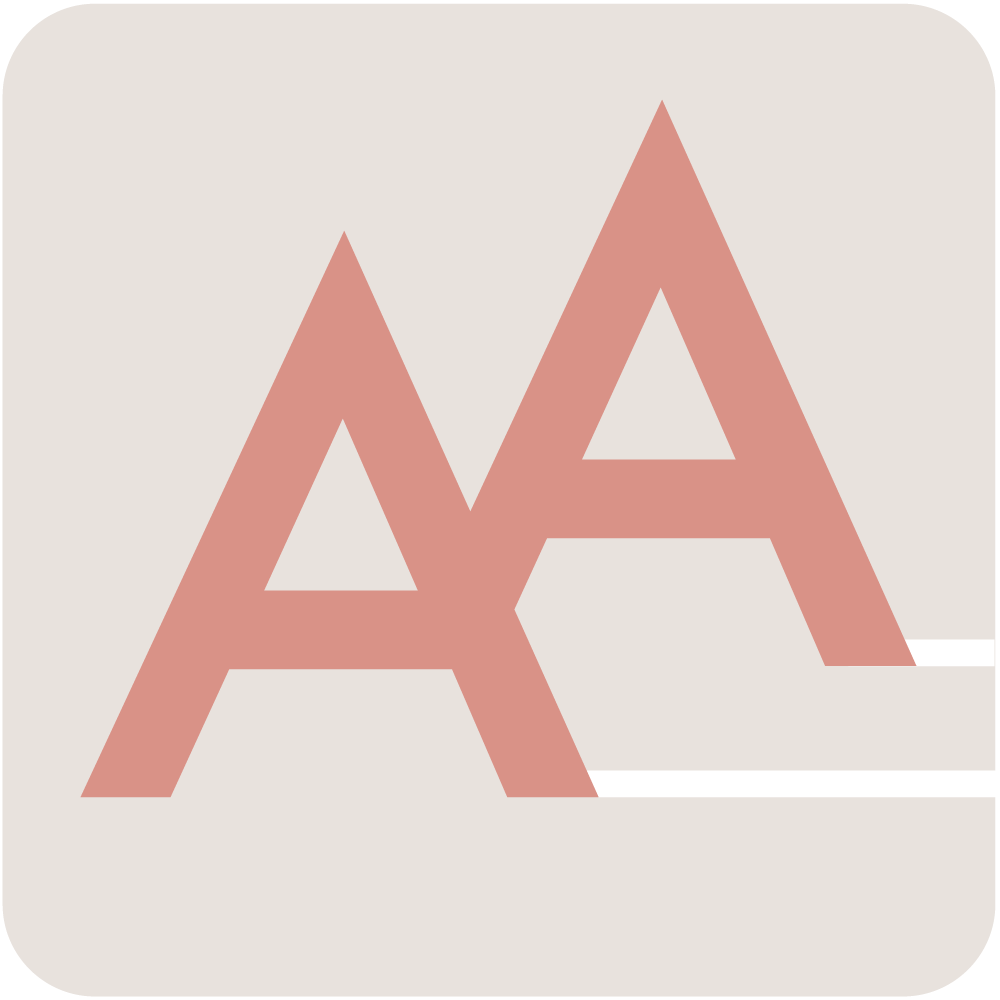Quilting Mistakes I Made (So you don't have to!)

As luck would have it I picked up quilting about 6 months before Covid changed how we live our lives. Weirdly almost like I anticipated an ample amount of free time, and knew I would need a distraction from the impending doom. I am not an expert at quilting. But I get get points for trying! Here’s a list of things I wish I knew before starting.
Best things about quilting:
You can listen to audiobooks/podcasts while doing it and be just as productive.
Cutting your fabric and slowly watch them turn into an amazing quilt.
Being terrible at quilting your first block, but by the end feeling like master quilter (comparatively).
Gain appreciation for the time and skill it takes to create a quilt.
Finding a Pattern
Mistake #1
Not fully understanding quilt dimensions and assuming a Twin sized pattern in my thrift store book was actually a throw sized quilt. It in fact was not throw sized at all. I did this not once. But twice.
Not all quilting patterns are created equal. If right now you are thinking I don’t need a pattern, I’ll just sew some squares together, go for it. Have fun! But maybe you’re looking for something different! Using a pattern makes it easy to determine how much fabric you need and the appropriate steps to cut and for your blocks. Plus you can learn new techniques that you never knew you were missing.
There are two places I find quilt patterns: Online and in books.
Online Pattern resources I’ve used before and highly recommend:
Most of my quilting books come from thrift stores. I’ve found that it’s helpful to be able to flip through it beforehand to determine how much they assume you know about quilting already. One book that’s been great for explaining even the simple stuff is The Joy of Quilting by Joan Hanson & Mary Hickey. The pattern sizes in this book are a tad larger than in the patterns I’ve gotten online. For each pattern they typically have a crib, twin, double, queen, and king size. Check the finished dimensions before fully committing to a size.
Choosing Fabric
Mistake #2
Using an unprinted fabric for the back of a quilt with more complex quilting than lines straight across. While you can see the quilted pattern more clearly on the back, I’m not great at quilting, so the mistakes are a little more noticeable.
Not the look I was going for
Don’t get me wrong! Plain fabric on the back is great, especially since it’s usually cheaper. But there’s one quilt in particular that I wish I’d picked a print for.
Mistake #3
Not planning out what color palette you want ahead of time, or planning it out, then finding out they don’t actually have those colors at the fabric store and winging it instead.
I plan out my quilt colors using adobe illustrator. Initially I’d play with various colors then go to the fabric store to find something close-ish. Later I realized it was better to use online store swatches and just use the eye dropper to try out those colors in my quilt. That way I always got the exact shade I was going for and knew it was in-stock. Is it a huge deal? No. But I want to make quilts worth keeping. And there are a couple I feel pretty meh about.
RockSteady Quilt Plan
RockSteady Quilt
More fabric stores have added online ordering as an option which has made it easy to shop small and responsibly. Below is a link to a list I found through Black Makers Matter (@blkmakersmatter on Insta) of minority and allied vendors. Use the tabs at the top to sort and find a new fabric source or pattern maker.
Jacinta Green: Minority & Allied Vendor List (created by @pinkmimosabyjacinta)
Know How to Change the Thread Tension and Stitch Length on Your Sewing Machine
Mistake #4
I had no idea how to do either of these things on my lil Janome.
Still not sure if it’s possible. For piecing you need more tension, and shorter stitch length, so your piece don’t fall apart while you’re working with them. You’ll want a less thread tension and a longer stitch length when quilting, which is especially helpful just in case you end up seem ripping.
If something seems “off” stop and investigate
Mistake #5
sewing through a mistake thinking it would just fix itself later.
Nothing worse then seem ripping an entire strip that you kind of felt may be off within the first few inches.
Regularly Check for Bunching on the Back
The mistake here is pretty self explanatory. And not so much a mistake as much as me being over confidant in my abilities. This is to save you from more seem ripping. While it’s annoying when it happens, it’s more annoying when it happens and you have to seem rip several rows of stitches instead of just one.






